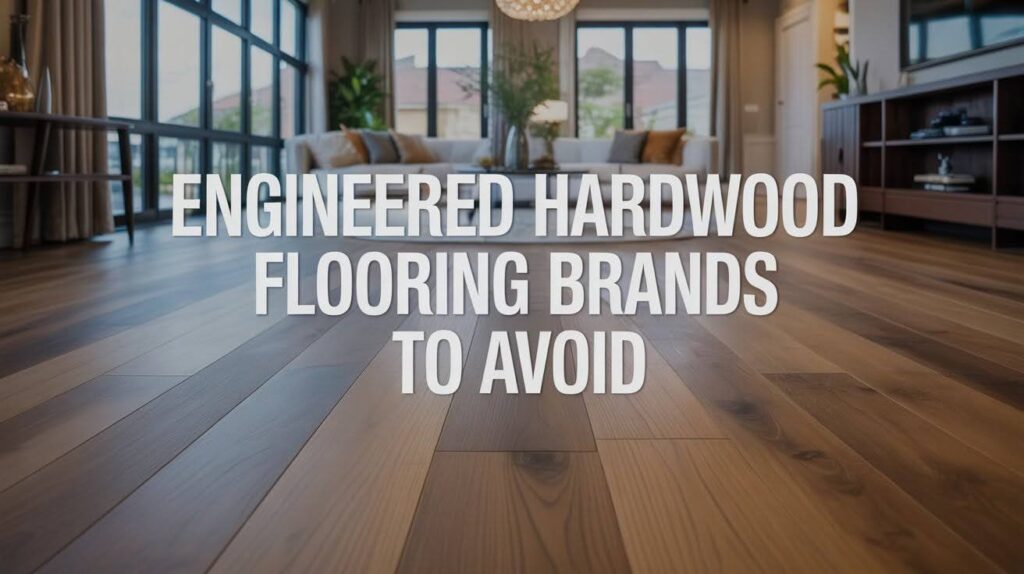Picking through the wrong engineered hardwood flooring brands to avoid can mean that you lose thousands. Floors scratch within weeks along with I’ve seen them warp in months.
This guide covers better alternatives that last as well as red flags for watchers in addition to brands facing most complaints. Defects that are common will be covered.
You’ll learn also about why certain companies keep disappointing homeowners. Honest answers are needed when big money is spent on your home. No fluff.
Choose wisely by the use of only real information. This article gives to you just that, so you are able to skip all of the regret and also get floors that do hold up.
Why Some Engineered Hardwood Flooring Brands Fall Short
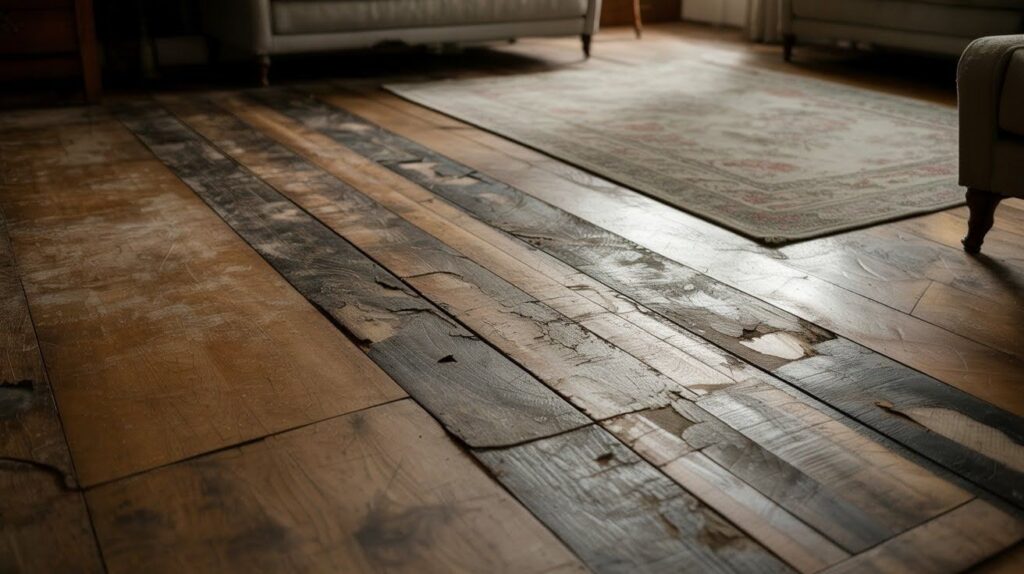
Poor quality flooring comes with problems you’ll notice fast. Some brands use thin wear layers that make refinishing impossible.
Cheap materials lead to warping and cupping, especially in humid areas. Low-quality finishes scratch easily and fade over time.
Weak adhesives cause delamination where planks peel apart. Inconsistent milling makes installation frustrating. Nothing fits right.
Bad flooring drains your bank account through repairs and replacements. Your floors wear out years earlier than they should.
11 Engineered Hardwood Flooring Brands to Avoid in 2025
These brands have consistent complaints about quality, durability, and customer satisfaction.
1. TrafficMaster (Home Depot’s Brand)
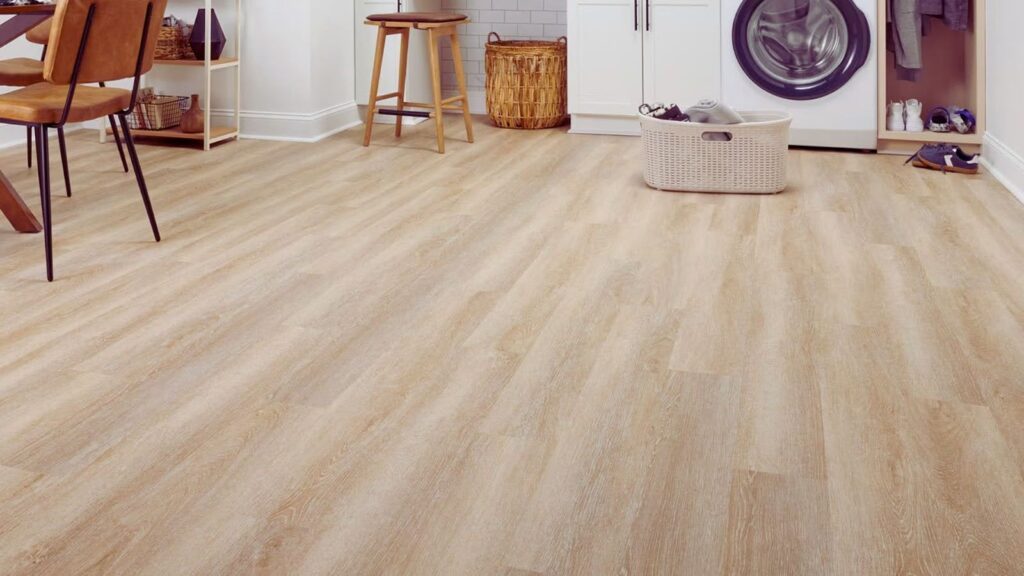
This brand cuts corners with thin veneers that scratch at the slightest touch. Many customers report warping in humid conditions. The wear layer typically measures less than 1mm, which means zero refinishing options.
Only consider this for bone-dry spaces with zero foot traffic. Reviews frequently mention planks separating at the seams within the first year.
2. Kronotex
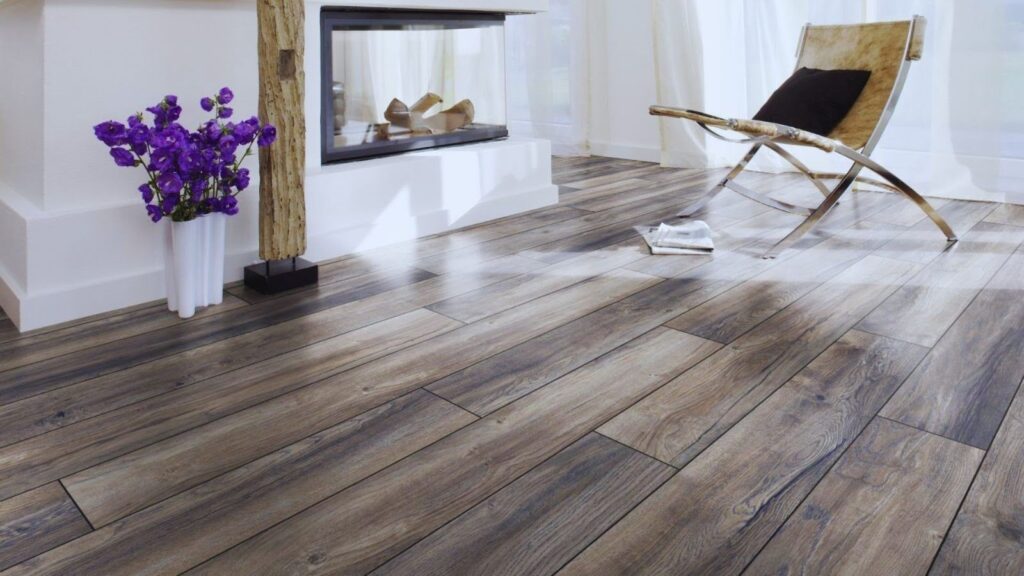
Kronotex floors scratch and dent easily under normal use. The locking mechanisms fail, creating gaps between planks that collect dirt and moisture.
Finishes fade quickly, leaving your floors looking worn and tired. Pet owners report visible claw marks within weeks. The brand’s water resistance claims don’t hold up in real-world conditions.
3. Bruce Hardfloor Flooring (Certain Lines)
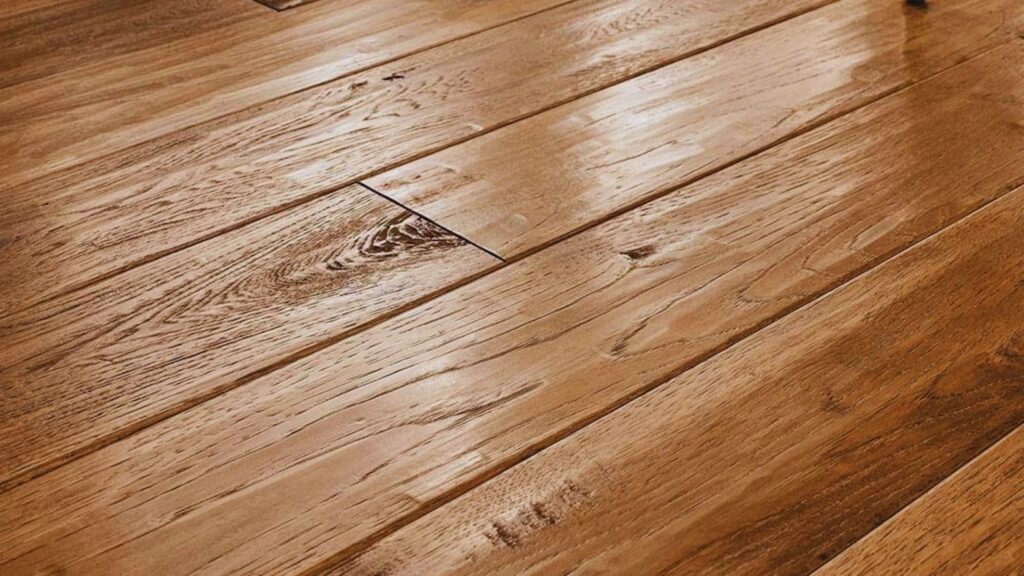
Quality varies wildly between Bruce product lines. Some have inconsistent plank widths that make installation difficult and time-consuming. The veneer peels in humid environments, and moisture resistance is poor compared to competitors.
Customers report buying from the same product line months apart and receiving completely different quality. The finish wears through quickly in high-traffic areas.
4. BellaWood (Sold by LL Flooring)
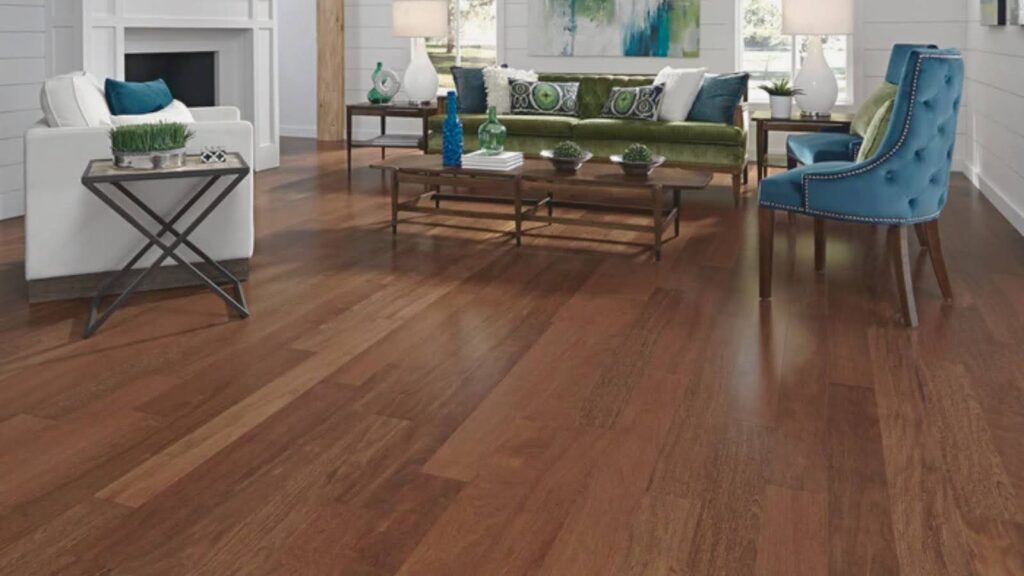
BellaWood floors chip and peel within months of installation. Poor milling means planks don’t fit together smoothly, leaving visible gaps. Good luck getting warranty claims approved. Customers report constant runarounds with little resolution.
The edge profiles are often uneven, making floating installations nearly impossible. Many buyers end up replacing entire sections within two years.
5. Mohawk (Budget Lines)
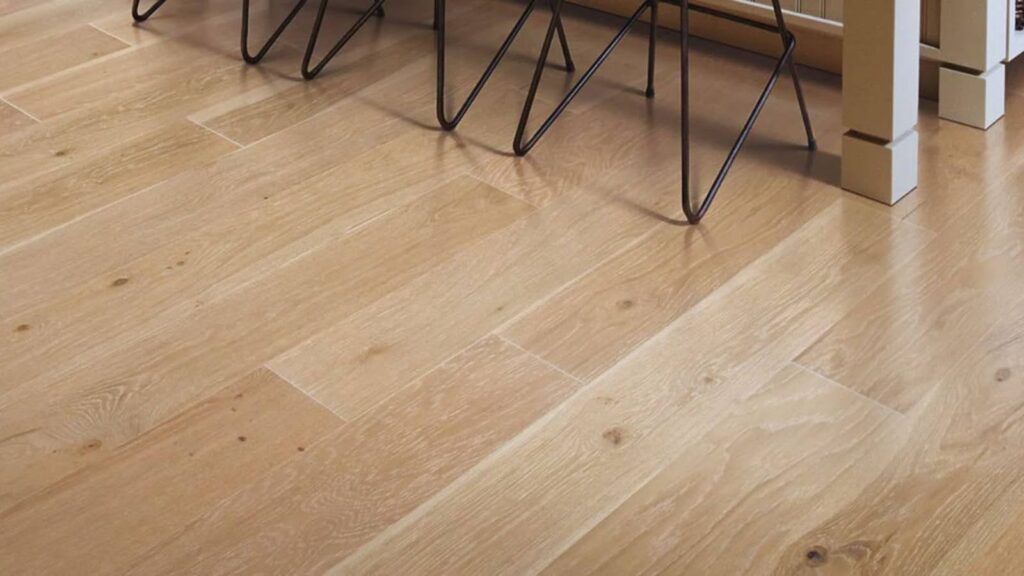
Mohawk’s budget options scratch far too easily for the price. Quality changes dramatically between production batches. Your replacement planks might not match your original floor in color or thickness.
The protective coating wears off quickly in kitchens and hallways. While Mohawk’s premium lines perform better, their budget offerings disappoint consistently. Installation complaints are common due to irregular tongue-and-groove fittings.
6. Capella
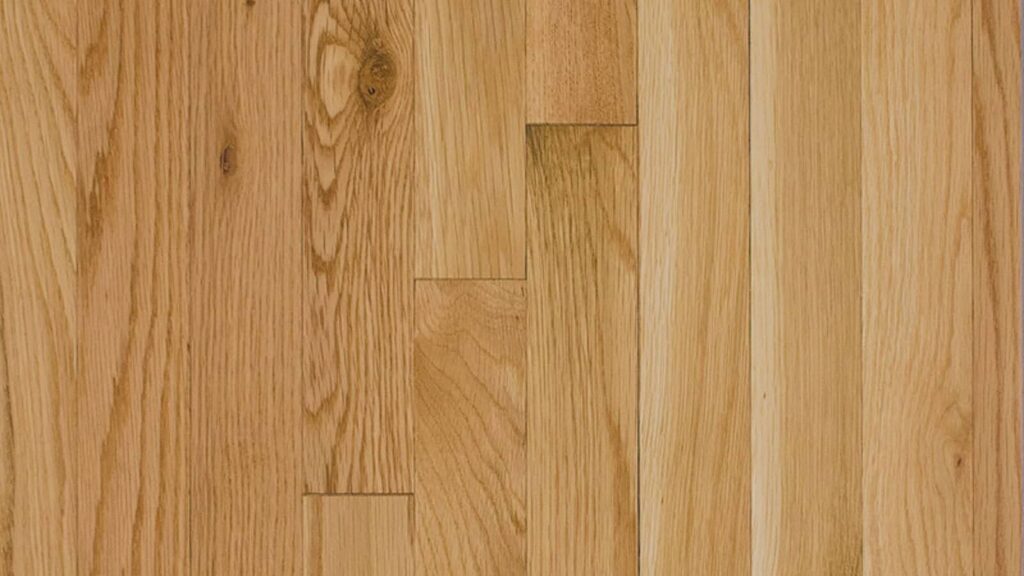
Imperfections riddle Capella planks straight out of the box. Board quality varies so much you’ll spend hours sorting through packages to find usable pieces. Customers report up to 20% waste due to defects like knot holes, cracks, and surface blemishes.
The stain application is uneven, creating blotchy appearances. Core stability is questionable, with many planks bowing or cupping soon after installation.
7. Robina Floors
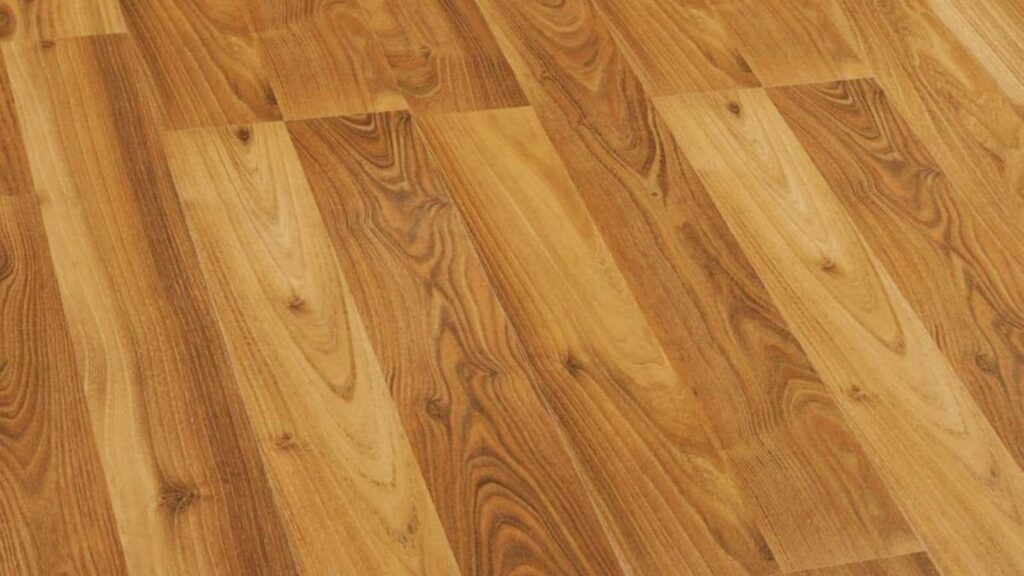
Delamination is a common problem with Robina. The thin wear layers mean you can’t refinish when damage appears. Color variations between planks look sloppy and unplanned, making it hard to create a cohesive look.
The adhesive between layers fails prematurely, especially in temperature fluctuations. Customer service is difficult to reach and slow to respond to complaints.
8. Lumber Liquidators / LL Flooring
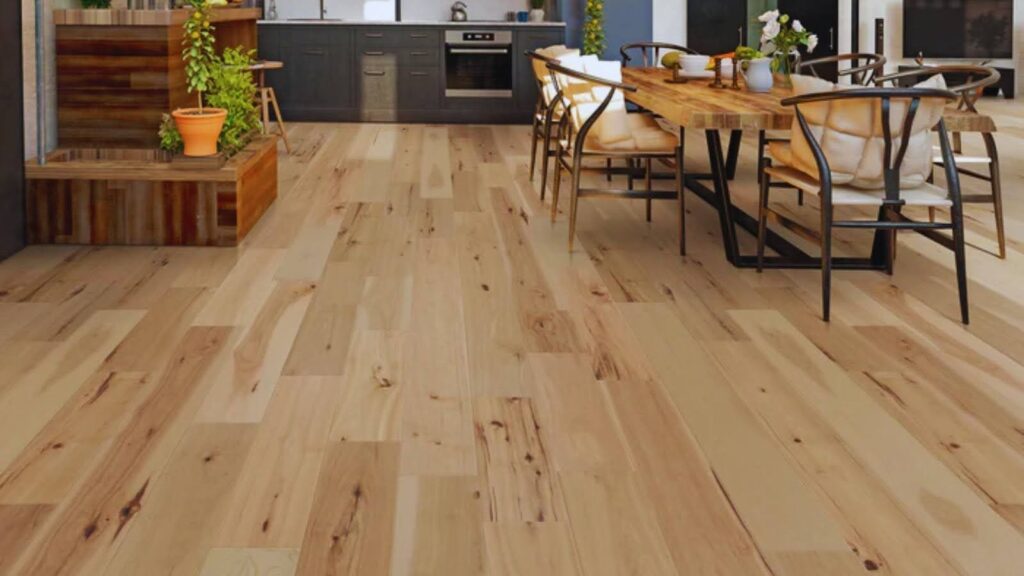
This brand made headlines for formaldehyde concerns in past years. Beyond safety issues, their thin wear layers and uneven finishes disappoint customers regularly.
Quality control seems minimal, with significant variations in thickness and finish quality. Installation is problematic due to poorly cut tongue-and-groove joints. The company has faced multiple lawsuits over product quality and safety standards.
9. Nuvelle
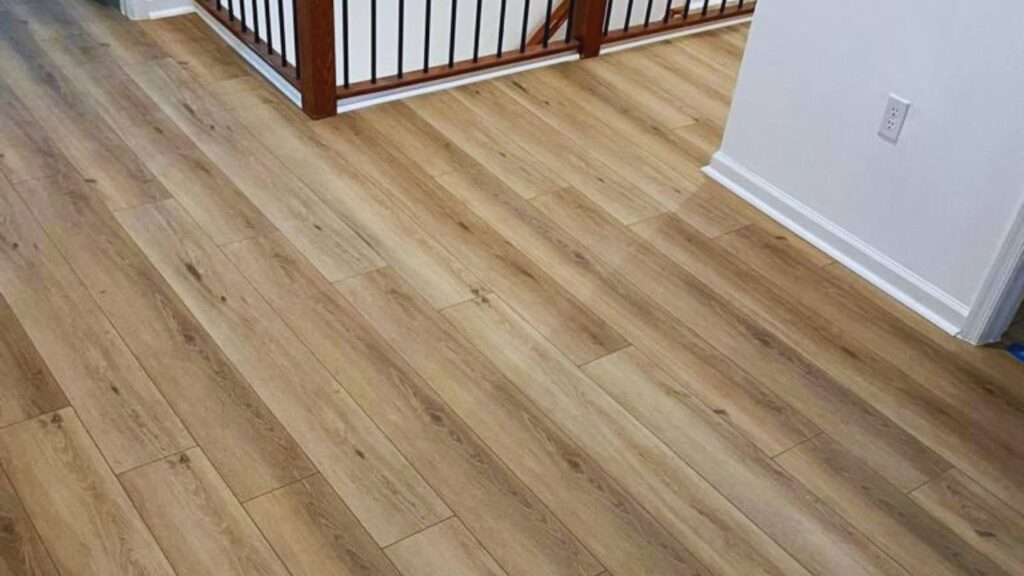
Nuvelle floors dent and scratch with normal household use. The top layers are too thin to withstand real life. Quality control seems nonexistent based on customer complaints. Planks often arrive with pre-existing damage or finish defects.
The wood species used in the core is lower grade, leading to stability issues. Moisture resistance is poor, making these floors unsuitable for basements or humid climates.
10. Home Depot’s LifeProof
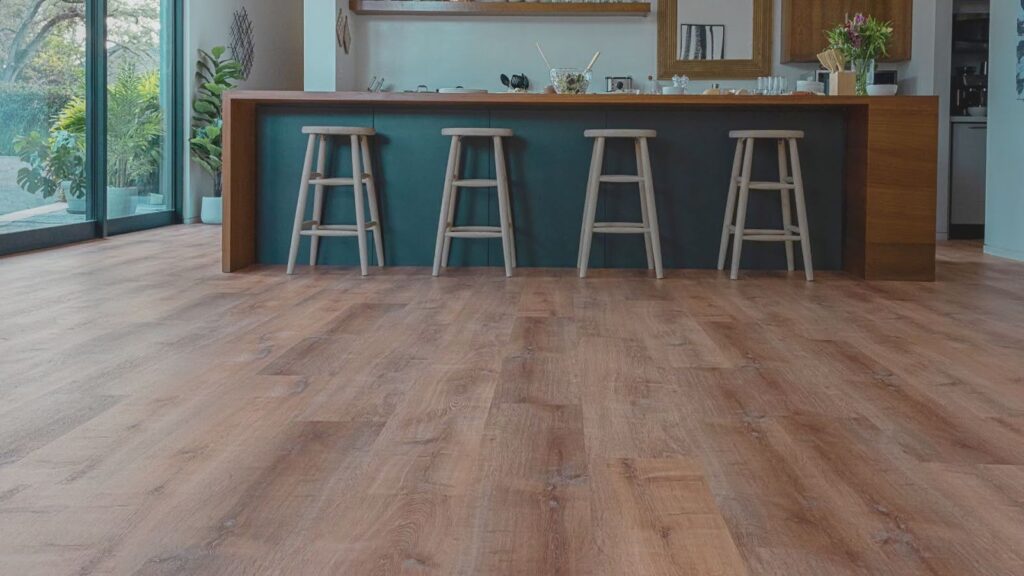
Despite the confident name, LifeProof floors aren’t proof against much. Thin wear layers fail quickly under foot traffic. Dents and scratches appear fast, even with furniture pads. The locking system causes ongoing complaints, with planks separating or refusing to click together properly.
The waterproof claims are misleading, as water can still seep between planks and damage the core. Many customers report hollow sounds when walking, indicating poor installation or subfloor contact.
11. Somerset Hardwood
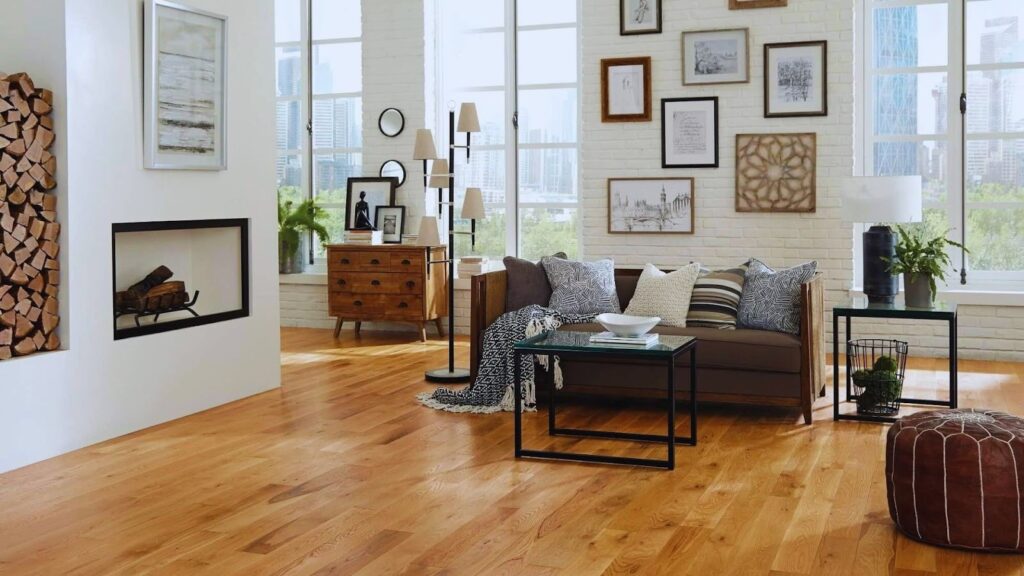
Somerset floors cup and warp in high humidity environments. Finishes come out uneven, creating a patchy appearance across the floor. Customer service takes forever to respond to complaints and warranty claims.
Forums fill with complaints about batch-to-batch inconsistencies in color, finish, and quality. The wood doesn’t acclimate well before installation, leading to gaps and movement. Premium pricing doesn’t match the actual product quality delivered.
Red Flags to Look for While Choosing Engineered Hardwood Flooring
Watch out for these warning signs before making your purchase.
- Price Too Low: Rock-bottom prices mean corner-cutting somewhere. Manufacturers can’t produce quality floors and sell them dirt cheap. You’ll pay later in repairs and replacements.
- Thin Wear Layers: Look for at least 2mm of wear layer. Anything thinner can’t be refinished. You lose the main advantage of hardwood flooring.
- Short or Limited Warranties: Quality brands stand behind their products with 10+ year residential warranties. Short warranties signal a manufacturer expects problems.
- Mixed or Negative Customer Reviews: One bad review happens to everyone. Patterns of complaints about durability, installation, or finishes tell the real story. Pay attention to recurring issues.
- Poor Core Construction or Milling: Check how planks fit together in the store. Look at the core material. Cheap cores and sloppy milling create instability and long-term headaches.
Conclusion
After years of working with homeowners, I’ve seen that when people choose from the wrong engineered hardwood flooring brands for them to avoid, it can lead to some costly mistakes.
Before committing, read customer reviews from multiple sources then research thoroughly. Also, be sure to take some time to examine the warranty terms before committing to something.
Talk to flooring experts: they have seen these items working over time. Quality flooring invests for decades, as well as pays off. Don’t rush this decision.
To reputable companies, choose wisely following sample requests for years of future happiness.
Frequently Asked Questions
What makes engineered hardwood flooring different from solid hardwood?
Engineered hardwood has multiple layers with real wood veneer on top and plywood or fiberboard underneath. This makes it more stable in humid conditions and suitable for basement installation.
How thick should the wear layer be on engineered hardwood flooring?
The wear layer should be at least 2mm thick for durability and refinishing. Thicker layers between 3mm and 6mm allow multiple refinishing sessions.
Can all engineered hardwood flooring be refinished?
No, only floors with wear layers of 2mm or thicker can be refinished. Thinner wear layers will sand through to the core and ruin the floor.
Why do some engineered hardwood floors warp or cup?
Warping happens when moisture penetrates due to poor core construction or high humidity exposure. Cheap brands use inferior materials that respond poorly to moisture.
How long should quality engineered hardwood flooring last?
Quality engineered hardwood should last 20 to 40 years with proper installation and maintenance. Budget brands often fail within 5 to 10 years.

